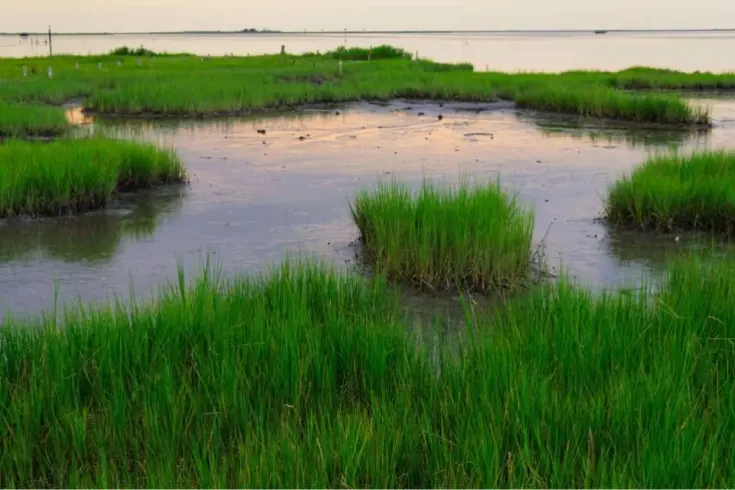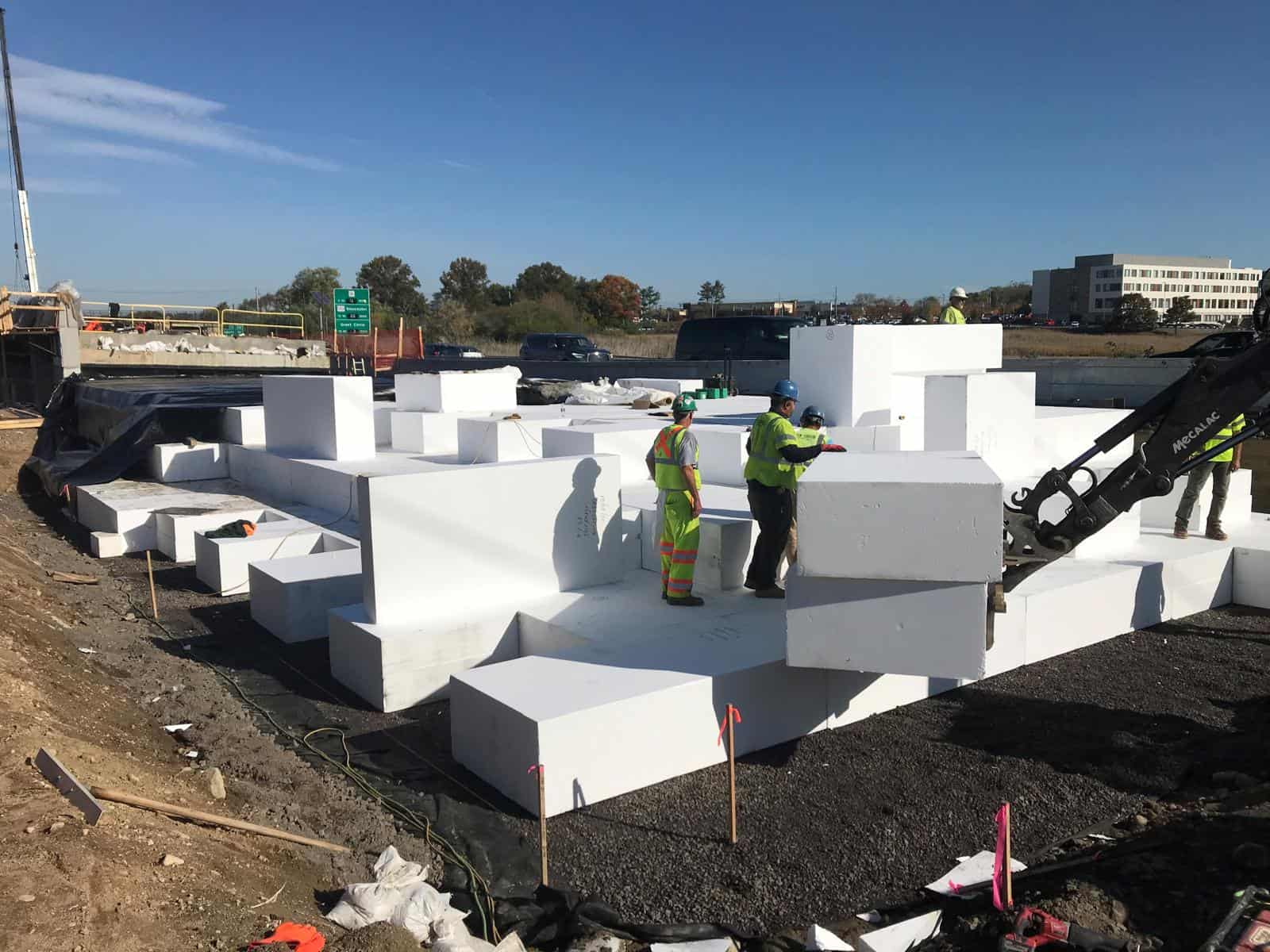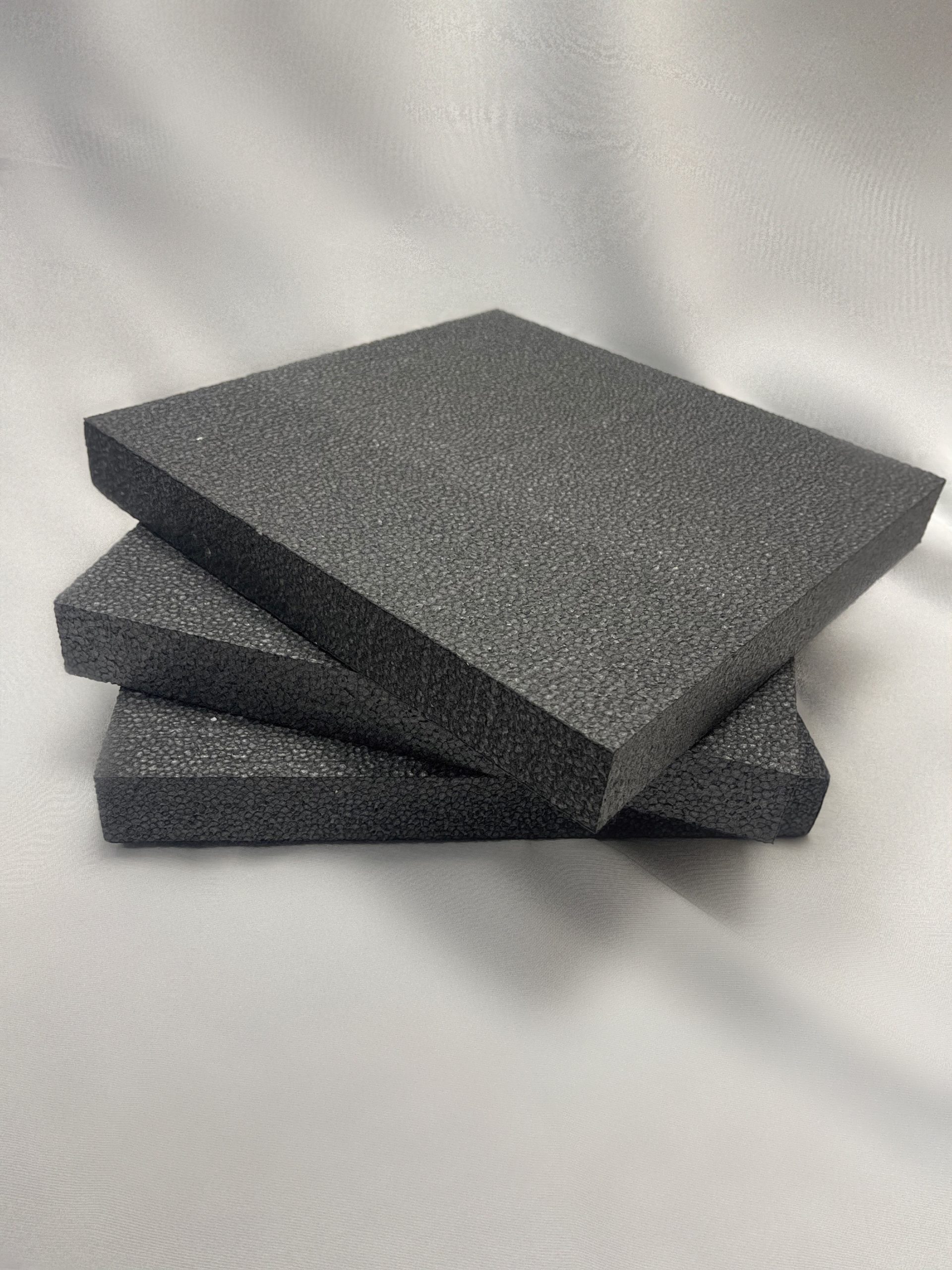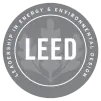You’d have to be living under a geofoam rock not to know the value and importance in maintaining our nation’s wetlands and natural habitats. Not only to they provide refuge and habitat for thousands of species of birds, insects, plants and animals, they are a vital part of the global environmental ecosystem. Ducks Unlimited plays a big part in protecting our nation’s wetlands. More on them in a moment.
The conservation of ecosystems means maintaining the balance of nature against the harm humans have done to them. In 2014, a statement from Global Issues.org highlights just how critical doing so is. Ducks Unlimited is attempting to engage in positive actions against what we as the human invaders have created.
A report from the global conservation organization, WWF, has suggested that since 1970 the pressure we exert on the planet has almost doubled and the natural resources upon which we depend have declined by more than 33%.
Source: Global Issues.org
How in the world does Geofoam come into play? After all, Geofoam is expanded polystyrene, isn’t it? Great questions, and here’s some great answers.
Geofoam has been a critical part of many of the projects we support, and it plays a role in environmental protections. We’ve covered Geofoam’s vital importance in the construction of the new World Trade Center Complex, the Verrazano Bridge project, CitiField, Chelsea Piers, and dozens more. What’s fascinating is how the world has found ways to intersperse Geofoam into green building and environmental conservation. Geofoam’s ability to stabilize shifting or soft soils is second to none, for speed and cost.
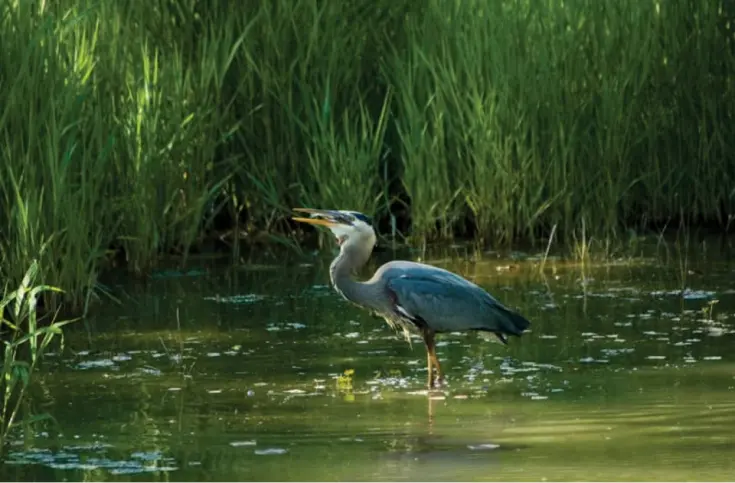
Ducks Unlimited and Geofoam
Ducks Unlimited and the U.S. Fish and Wildlife (FWS) are working together to restore over 1,500 acres of tidal wetlands in the San Pablo Bay National Wildlife Refuge. The site had been diked off from the tides for over 100 years and was farmed primarily for oat/hay production. Before the tidal waters could be reintroduced, a three-mile stretch of levees along Highway 37 needed to be protected from erosion.
In order to mimic natural transitional zones from wetlands to uplands, the FWS wanted to grade flat slopes from the highway embankment into the new wetlands. But due to the soft soils in the area, known locally as “Bay mud”, CalTrans, the state highway department, was concerned that any additional weight placed on the embankment could cause long-term settlement of the roadway. In order to keep the natural transitional slope design, Ducks Unlimited proposed using Geofoam which is approximately 1% of the weight of traditional soil fill and still has the structural load bearing capacities to withstand the weight of up to 18.6 psi at 1% deformation.
“Geofoam was not only the quickest solution for this project but the cost was on par with other options as well” said Russ Lowgren, an engineer with Ducks Unlimited on the project.”
Source: CS Engineering Magazine.
That excerpt says quite a lot about DU and the environment. All in all, Ducks Unlimited has influenced and conserved 157,660,148 acres in North America alone. Pretty impressive.
“As of January 1, 2017, Ducks Unlimited Inc. had 620,853 adult members and 45,357 youth members. Ducks Unlimited Mexico had 4,662 members, while Ducks Unlimited Canada had more than 130,000 supporters.”
This quote is taken from the Global Environment Facility report. Of course, many say that the organization is self-serving, considering the wetlands are where ducks and other waterfowl go to breed and nurture. I’ll let you decide for yourself whether or not their work is okay to do.
Geofoam is one of those products that gets minimal attention, other than passer’s by as construction crews place huge blocks of it at road, rail or other construction projects. Geofoam Quietly goes about its business shoring up failing levees, embankments, and road and rail beds so they don’t fail and damage the nearby environmental ecosystems. Geofoam, Ducks Unlimited and the Global Environment Facility (GEF) are keeping the nation’s wetlands and nature wildlife refuge lands green.

